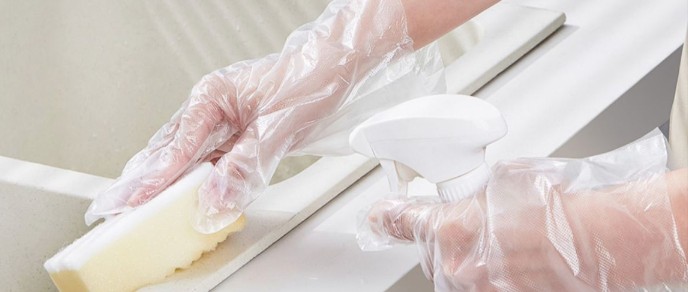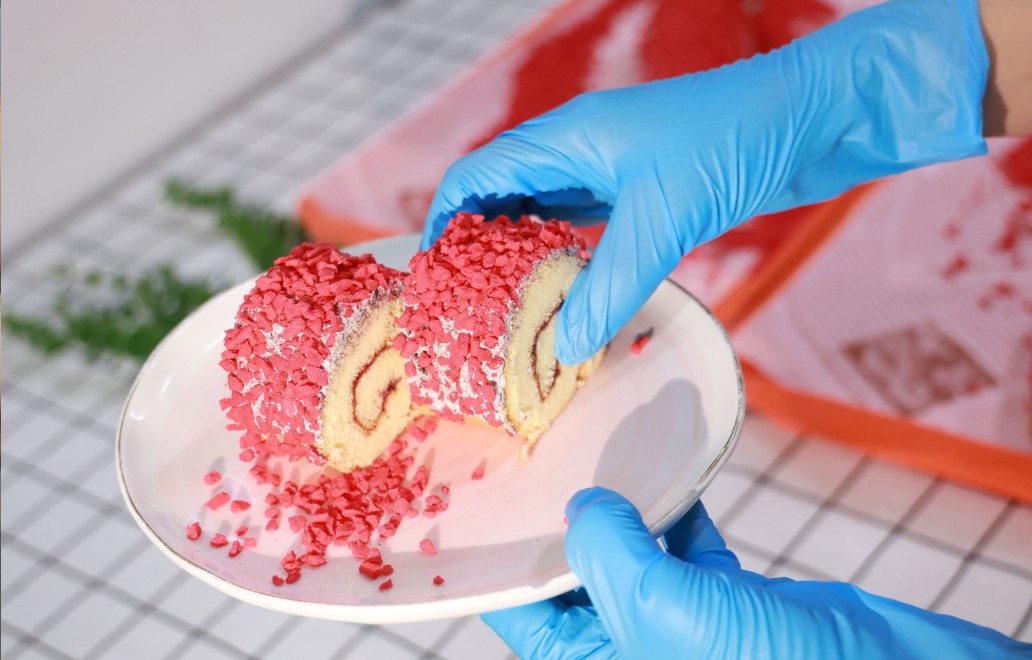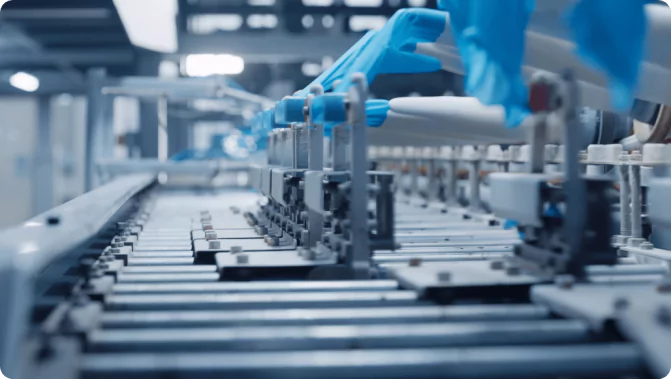Glove products
The Evolution of Medical Consumables: Breakthroughs in Disposable Glove Materials
The History of Disposable Gloves
Disposable glove history dates back to the early 20th century. Rubber gloves were first conceived of as a way for medical practitioners to stay sanitary with the gloves originally being used mainly during surgical procedures to keep the hands clean. They were instrumental in changing the approach to infection control as it became evident that preventing cross-contamination was the primary goal needed for safe medical environments.
Evolution of Materials
As the need for more effective and comfortable protective equipment grew, so did the materials used in the manufacturing of disposable gloves. The transition from traditional rubber to latex signified an important evolution, offering improved elasticity and sensitivity. However, the emergence of latex allergies in the late 20th century led to further advancements, paving the way for the introduction of synthetic alternatives such as nitrile and vinyl, which have since become staples in the medical consumables market.
Modern Developments in Glove Materials
Nitrile Gloves
Nitrile gloves are becoming important things nowadays because of their puncture and chemical resistance. Their synthetic nature makes them more flexible and durable. As such, they are well suited for many types of medical procedures where hand protection is essential. Another advantage of nitrile gloves is that they are latex-free, which makes them a good choice for people with allergies to natural rubber latex.
Vinyl Gloves
Vinyl gloves have also been introduced as a cost-effective alternative for low-risk situations. Composed of polyvinyl chloride (PVC), vinyl gloves are primarily utilized for tasks where high durability is not essential. While they offer limited protection against chemicals and pathogens when compared to nitrile, their affordability, and comfort have made them a common choice for non-invasive medical procedures and general hygiene tasks.
Advanced Material Technologies
The pulse of recent advancements in material technologies paved paths toward more aggressive improvements in glove materials. Because of this, manufacturers are looking for ways to more additives that can improve glove performance; such as antimicrobial agents and materials that better mimic the natural sense of touch with bare skin. Moreover, technology-based innovations have also simplified the production processes resulting in increased quality and safety standards of these medical consumables.
Innovations by Industry Leaders
INTCO Medical: Pioneering Innovation
Disposable glove technology has come a long way with companies like INTCO Medical leading the way: INTCO Medical leverages its in-house R&D capabilities to develop innovative materials in collaboration with research partners.
Currently, the company is working with Qingdao University of Science and Technology, one of the top rubber material research institutions in China, to develop innovative materials and new formulations for disposable gloves.
Through improved formulations and the introduction of new materials, INTCO Medical further reduces the energy consumption required for production, increases production efficiency and capacity, and develops new products to meet market demand.
Wide-Ranging Product Line
INTCO Medical also provides a variety of disposable gloves for different medical requirements. They deal in nitrile, vinyl, and latex gloves — all of which serve individual purposes. Such diversity of this selection provides an opportunity for healthcare providers to wear the most suitable gloves which also differentiate in levels of protection and comfort depending on the type of procedure carried out.
State-of-the-Art Manufacturing
Using international quality and safety standards, the company utilizes state-of-the-art manufacturing techniques. With the help of new production technology, INTCO Medical has gained a higher defect rate reduction and a higher performance level in products. Such commitment to great quality has made INTCO Medical who it is today in the world market of medical consumables.
Impacts on Medical Practices
Enhanced Comfort and Usability
Modern disposable gloves are now more comfortable and user-friendly than before. Softer materials, ergonomic designs, and enhanced tactile sensitivity help healthcare workers who need dexterity during procedures. In addition, these improvements allow for enhanced usability while also reducing the likelihood of hand fatigue or cramping from prolonged periods of use.
Regulatory Compliance
The new materials innovations in gloves have led the regulatory bodies to update their compliance requirement. Stringent regulations require manufacturers to ensure the safety and effectiveness of products as well as their environmental sustainability. This creates the cycle of outdoing each other to refine offerings while ensuring compliance with prevalent standards and regulations for medical consumables.
Future Trends in Disposable Glove Technology
Sustainable Solutions
With growing environmental issues, it is a must to see the development of environmental disposable glove options. Research is underway to develop bio-based materials and biodegradable additives that can minimize glove disposal-related environmental impact. And that transition will be one, not just to preserve the protective features of gloves, but also to tackle a sustainability challenge facing healthcare.
Smart Glove Technologies
Future developments in disposable glove technology will most likely involve smart technologies as well though. Such innovations include gloves with sensors that could track vital signs or alert first responders to exposure to hazardous materials in real time. These innovations could even improve safety and efficiency in a healthcare environment, and provide patient care and safety at a higher level.






























